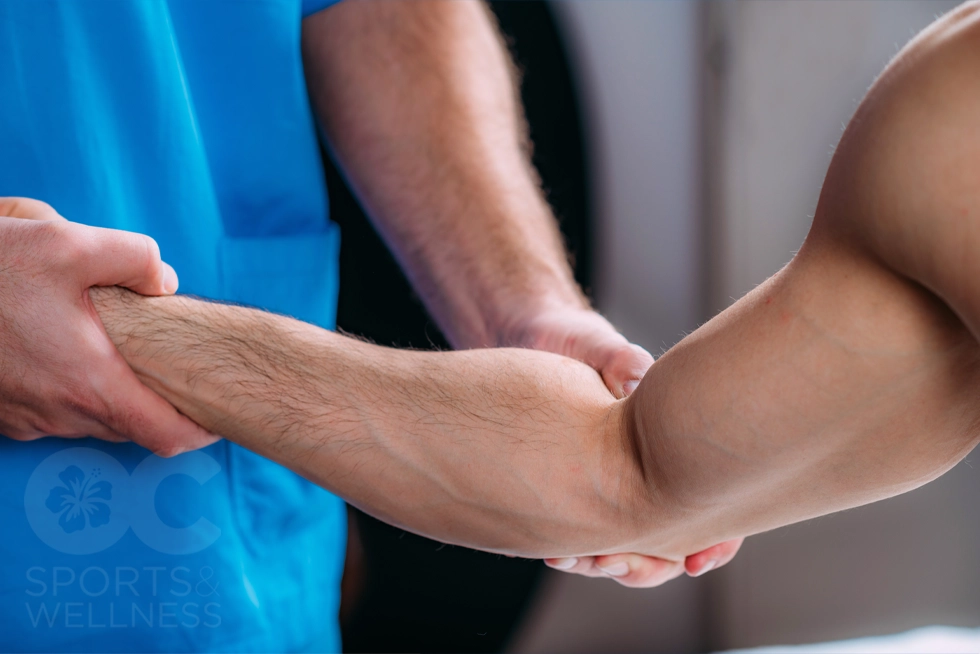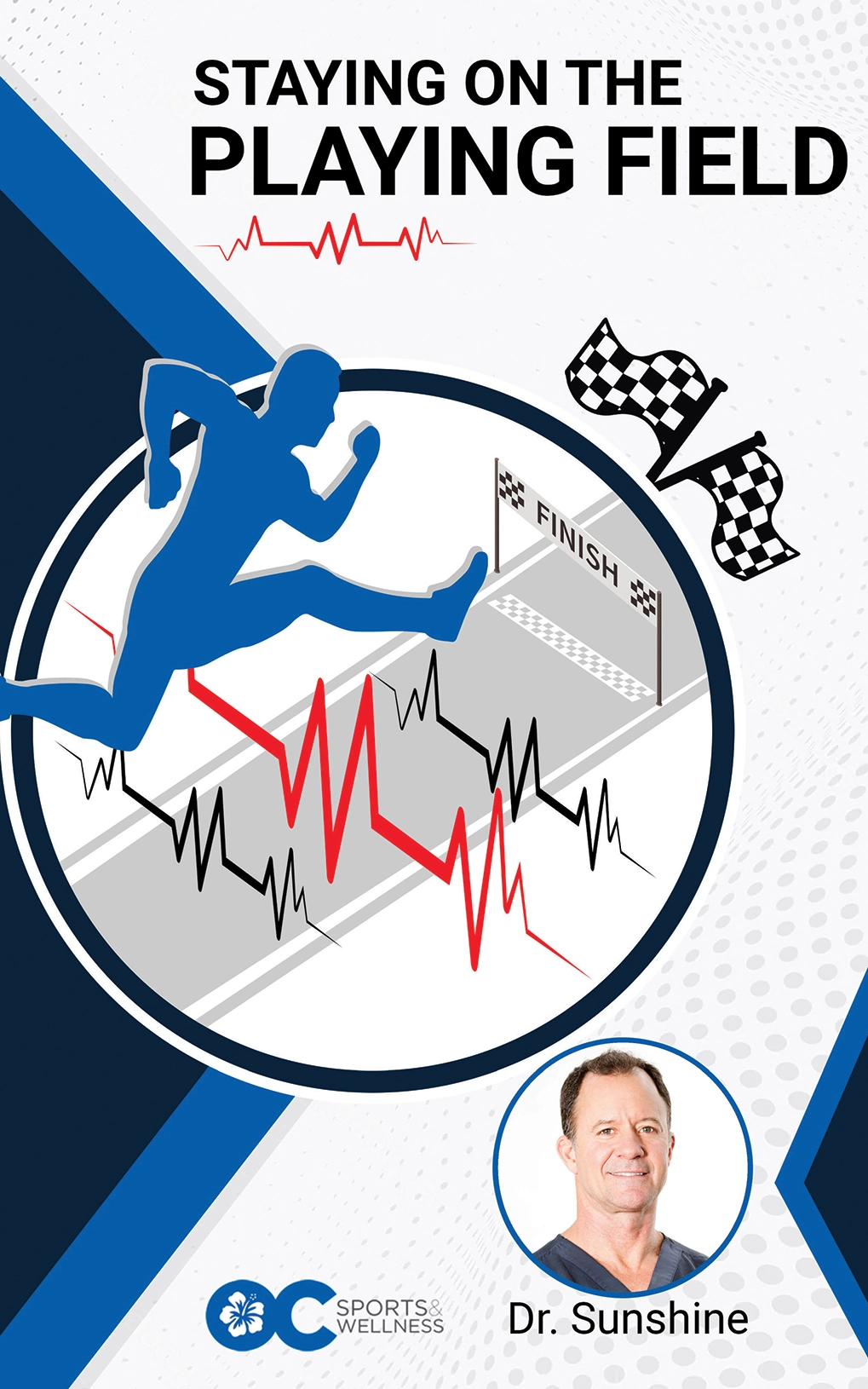What is the Most Effective Treatment for “Tennis Elbow” (Lateral Epicondylosis)?
If you’ve been living with stubborn outside-elbow pain—often called “tennis elbow”—you’re not alone. Lateral epicondylosis is a common tendon problem that can make simple tasks like lifting a pan, turning a doorknob, or shaking hands surprisingly painful. The good news: a new high-quality clinical trial followed patients for two full years and compared four non-surgical options head-to-head: physiotherapy (targeted exercise care), extracorporeal shockwave therapy (ESWT), prolotherapy injections, and platelet-rich plasma (PRP) injections. Its results can help you and your clinician choose a smarter plan to get you back to what you love.
What’s actually going on in “tennis elbow”?
Despite the name, you don’t need to play tennis to get it. The condition involves tiny, repetitive overloads of the tendon that attaches forearm muscles to the outside of the elbow (the lateral epicondyle). Over time, the tendon’s collagen can become disorganized and irritated. People typically feel aching or sharp pain when gripping, lifting with the palm down, or extending the wrist.
The study at a glance
- Who was studied? Adults over 35 with elbow pain lasting more than 6 months, diagnosed by exam and ultrasound, and not improving after at least 3 months of usual care.
- How were treatments compared? Participants were randomly assigned to one of four groups: physiotherapy only, ESWT (focused sound waves to stimulate healing), prolotherapy (targeted dextrose injections that aim to kick-start repair), or PRP (a small blood draw processed so your own platelets—rich in growth factors—are injected into the tendon).
- How were results measured? Primarily with the DASH score (a standard, validated questionnaire about arm/shoulder/hand function and symptoms). Patient satisfaction was also tracked.
- How long? People were followed for 24 months, which is unusually long and especially helpful for understanding lasting benefit.
What did the trial find?
All four groups improved meaningfully over time—great news for anyone dealing with chronic elbow pain. But the size of improvement differed:
- PRP produced the largest improvement in function and symptoms at 24 months and the highest patient satisfaction among all groups.
- Prolotherapy also outperformed physiotherapy alone on key outcomes, especially by the 18–24 month mark.
- ESWT and physiotherapy alone helped many people, but on average, the gains were smaller than with PRP and prolotherapy at the 2-year point.
Bottom line from this trial: PRP and prolotherapy were the most effective of the four choices over two years, while ESWT and physiotherapy still helped, but to a lesser extent on average.
What this means for your decision-making
Every elbow and every lifestyle is different. Here’s a simple, step-wise way to think about options:
- Start with a precise diagnosis. A sports medicine evaluation can confirm the condition, rule out nerve issues or neck/shoulder referral, and use ultrasound to check tendon quality and guide care.
- Build a solid foundation. Activity modification, ergonomic tweaks, and a progressive, eccentric-focused strengthening program remain essential. Even if you choose an injection later, exercise is still the backbone of lasting recovery.
- Consider add-on therapies if pain lingers beyond 3–6 months. Based on this new trial, PRP offers the best chance of larger, longer-term improvement, with prolotherapy a strong second option. ESWT is non-invasive and may help select patients, but, on average, its long-term gains were smaller in this comparison.
- Surgery is rarely needed. Because many patients improve with guided rehab and targeted biologic or regenerative options, surgery is typically reserved for the small subset who don’t respond.
FAQs:
How fast will I feel better?
Some people notice early relief within weeks, but tendon healing is gradual. PRP and prolotherapy aim to stimulate the body’s repair processes, which typically unfold over months. Expect steady, stepwise improvements rather than an overnight cure.
Will exercise matter if I get an injection?
Yes. Injections can reduce pain and jump-start healing, but progressive loading (a guided strengthening plan) is what restores tendon capacity so you can grip, lift, and work without flares.
What are the risks?
- Physiotherapy: Temporary soreness as you load the tendon—the “good sore” is expected.
- ESWT: Brief treatment-site discomfort, possible skin irritation; serious effects are uncommon.
- Prolotherapy: Short-term ache or stiffness at the injection site; infection and nerve injury are rare.
- PRP: Because it’s prepared from your own blood, allergic reactions are rare; temporary soreness or a “fullness” sensation is common for a few days.
Will I need time off work or sports?
Most people continue daily activities, adjusting loads for a short period after a procedure. Your clinician will map out a gradual return to gripping and lifting so the tendon adapts safely.
How many treatments are typical?
Protocols vary. Many patients undergo one PRP session with a structured rehab program; others may benefit from a series (for example, prolotherapy often uses several sessions a few weeks apart). Your plan should be individualized.
Is PRP always better?
Not always. While this study favored PRP overall at two years, your specific tendon quality, work demands, sport, medical history, and preferences matter. A shared decision with Dr. Sunshine, who can examine and image the tendon, is best.
How OC Sports and Wellness can help
At OC Sports and Wellness, our sports medicine team evaluates elbow pain comprehensively—exam, functional testing, and, when appropriate, ultrasound imaging. We offer evidence-informed non-surgical care, including targeted rehabilitation plans and regenerative options such as PRP and prolotherapy. We’ll help you compare choices, set expectations, and track progress so your treatment is personalized, practical, and aligned with your goals.
Your practical next steps
- Book a sports medicine evaluation to confirm the diagnosis and tendon status.
- Begin or refine a progressive loading program (often eccentric and isometric work), plus ergonomic and activity modifications.
- Discuss whether you’re a good candidate for PRP or prolotherapy based on your exam and ultrasound findings.
- Use time-boxed milestones (for example, 6–8 weeks and 12–16 weeks) to review gains and adjust the plan.
Key takeaway
Two years after treatment, patients receiving PRP or prolotherapy for chronic tennis elbow reported better function and satisfaction than those receiving ESWT or physiotherapy alone. All groups improved, but biologic/regenerative options—especially PRP—stood out for lasting benefit in this study. Pair whichever option you choose with smart, progressive rehab for the best chance at durable, real-life results.
Reference
Lhee S-H, Lee K-R, Lee D-Y. Comparing the Use of Physiotherapy, Shockwave Therapy, Prolotherapy, and Platelet-Rich Plasma for Chronic Lateral Epicondylosis: A Prospective, Randomized Controlled Trial With 2-Year Follow-up. American Journal of Sports Medicine. Online ahead of print, August 15, 2025. (Summary via PubMed).
We hope this information is helpful. At OC Sports and Wellness in Orange County, we understand the importance of balancing your health with a busy lifestyle. That’s why we offer convenient options for scheduling visits, texting, or video chatting with Dr. Sunshine. Let’s work together towards your well-being! Reach out to us at 949-460-9111.

Disclaimer: The information above is educational and not a substitute for personalized medical advice. Outcomes vary. Always consult a qualified healthcare professional to determine the best treatment for your condition.


